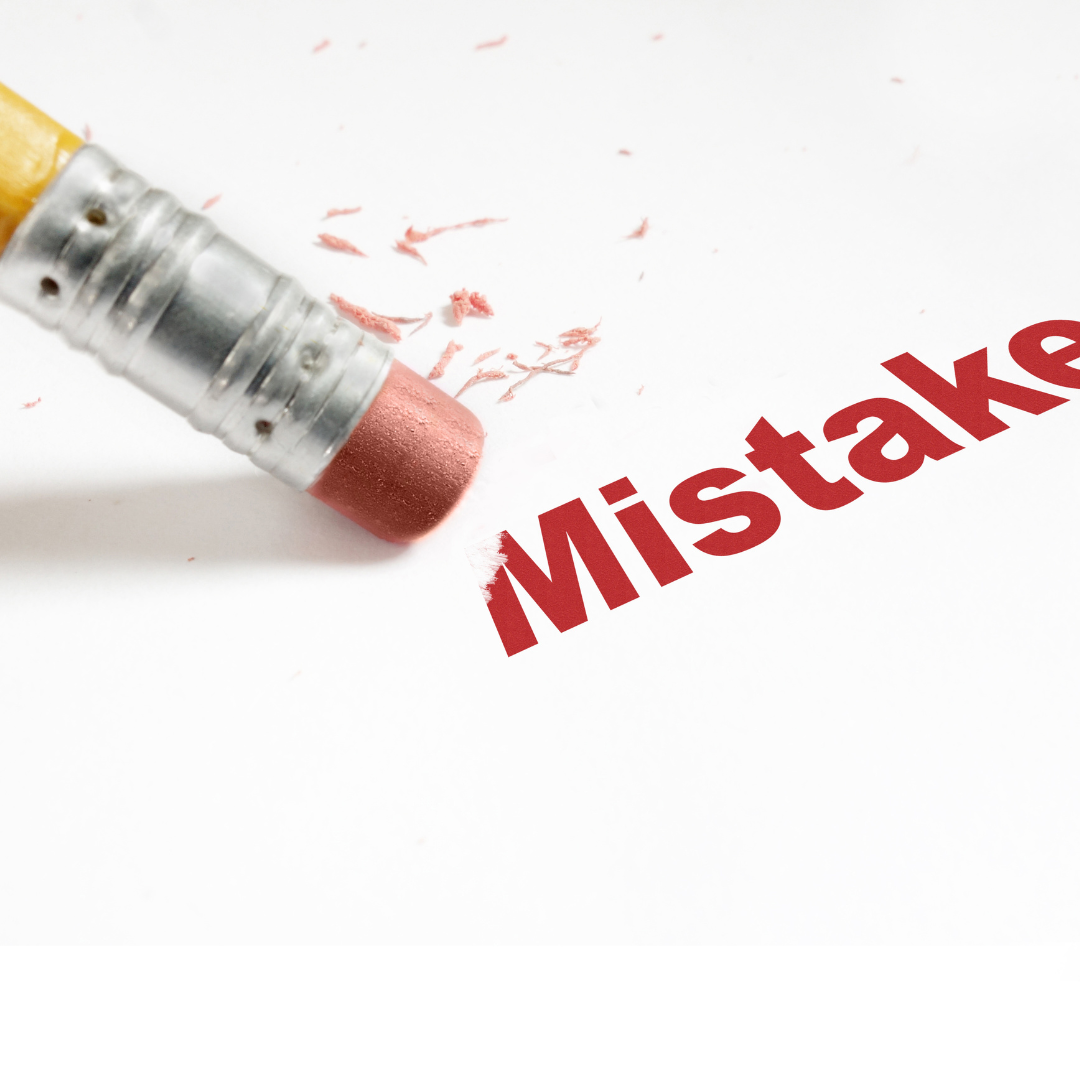Organizations are ultimately responsible for intervening in a bully culture. There are organizations that do want to stop workplace bullying. These organization even make a concerted effort to address the issue. But many are not successful. Why is it so hard for an organization to stop workplace bullying?
Organizations are great at providing trainings for their workers about conflict. Conflict training is usually accepted and tends to be less controversial than a educating your workforce on workplace bullying. To effectively intervene, you must know what workplace bullying is. Organizations who address workplace bullying as if it were conflict are essentially adding fuel to a culture that is already on fire. Conflict resolution intervenes are doomed before they even start.
Organizations often attempt to deal with internal issues by developing a policy, but many fail to develop a policy specifically about workplace bullying. But a good policy is a solid foundation for any type of effective intervention to stop and prevent workplace bullying. An effective policy must outline what constitutes workplace bullying, how will the bully be held accountable, and how will the target and/or bystanders be protected from retaliation. A policy is only as good as its implementation. And this is where most organizations fall short. The execution and enforcement of the policy does not happen, and workplace bullying continues.
Another reasons organization are not able to stop workplace bullying is because they do not hold workers, especially the bully, accountable to the policy and to a minimum standard of professional behavior. The key to truly stopping and managing workplace bullying effectively is accountability. Bullies need to be held responsible for their behavior, understand that bullying behavior will no longer be tolerated, and that retaliation and future bullying has consequences. It is not enough for a leader to say that bullying will stop, but a leader must ensure that it does by holding the bully accountable.
It is vital to remember that workplace bullies are skilled manipulators and experts at concealing their bullying while leadership is watching. Organizations tend to lighten up on the enforcement of a workplace bullying recovery plan especially when the environment seems to be improving. However, organizations need to be cautious and diligent to ensure that workplace bullying has stopped and has not just gone underground.
Organizations should not stop enforcing their policy before change has truly occurred. Organizations want a quick fix to workplace bullying. But due to the complex nature of the bully culture there is no easy or quick way to stop bullying. Organizational culture and norms do not change overnight. Rather, it takes time for workers to adjust to new expectations, professional behavior standards, and this requires a long-term commitment on the part of the organization and its leadership.
Call to Action:
- Write down three professional behaviors that are important in your workplace. Are all workers, including leadership, engaging in positive professional behavior? What are two strategies you can incorporate to encourage better workplace behavior?

